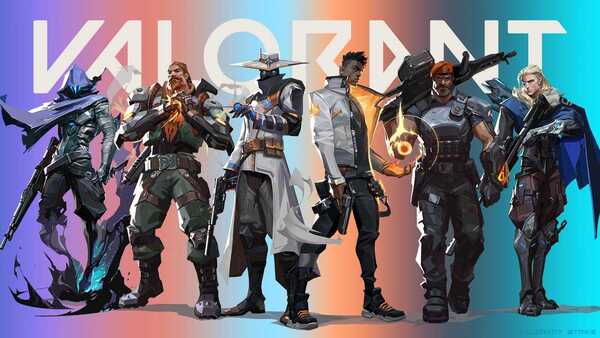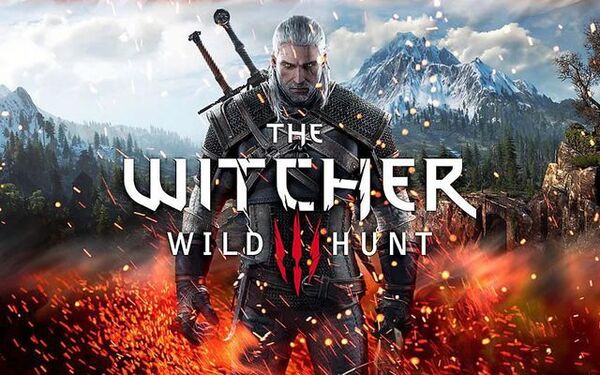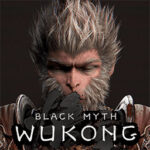Advertisement
Popular Now
Introduction
League of Legends (LoL), a titan in the gaming industry, has captivated millions since its launch in 2009. With its blend of strategic gameplay, diverse champions, and dynamic team compositions, the game continuously evolves. However, one significant issue that frequently emerges is the "meta"—the prevailing strategies and champion picks that dominate the game at any given time. This article delves deeply into the meta shifts in League of Legends, exploring their causes, implications for gameplay, and the community's response, as well as potential solutions for a healthier competitive environment.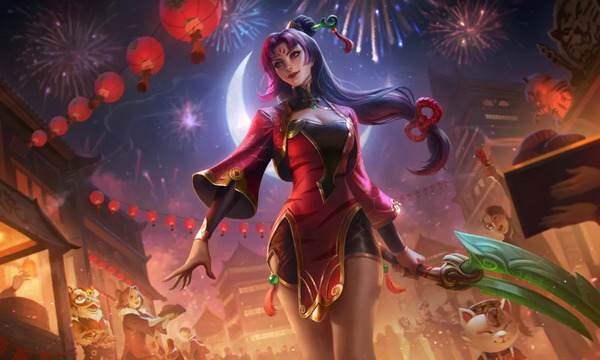
Understanding the Concept of the Meta
The term "meta" in gaming refers to the most effective tactics available, encompassing champion selections, item builds, and strategic approaches that dominate the current landscape of play. In League of Legends, the meta can shift due to various factors, including balance patches, new champion releases, and changes to items or runes. Understanding the meta is crucial for players at all levels, as it directly impacts matchmaking, competitive play, and overall enjoyment. Champions can rise or fall in popularity based on how well they fit into the prevailing meta, affecting their pick and ban rates in both casual and professional settings.The Evolution of the Meta Over Time
Since its inception, League of Legends has undergone numerous meta shifts. Early on, the game was characterized by a few dominant strategies, such as the "push" meta, where teams would focus on rapid lane pushing to secure objectives. However, as the game evolved, so did the strategies. In Season 3, for instance, the introduction of new items and the rework of existing champions led to the emergence of the "burst" meta, favoring high-damage champions who could quickly eliminate opponents. This shift emphasized quick skirmishes and explosive team fights, fundamentally changing how games were played.Causes of Meta Shifts
Several factors contribute to the shifting meta in League of Legends. First and foremost are balance patches, which are regular updates from Riot Games designed to tweak champion statistics and item effectiveness. These patches can drastically alter which champions are considered viable, leading to rapid changes in the meta. New champion releases also play a significant role. Each new champion can introduce unique mechanics that disrupt existing strategies or provide counterplay to dominant picks. For example, when a champion with strong crowd control is released, it may lead to a shift towards more mobile or evasive champions to counter that threat.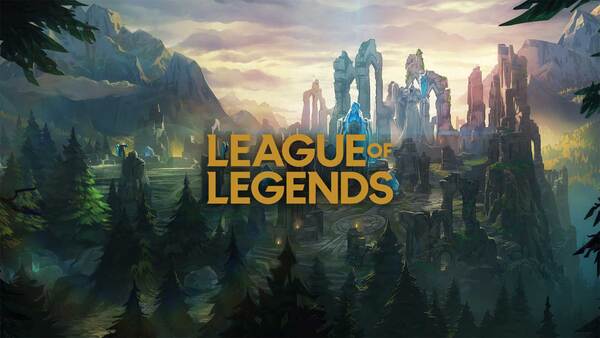
The Role of Community and Professional Play
The community's perception and adaptation to the meta also influence its evolution. Players often turn to streamers and professional players to understand which champions and strategies are currently strong. As professionals showcase specific picks and strategies during tournaments, these become the focus for casual players as well. Professional play often sets the tone for the meta, as teams invest time and resources into developing strategies that can be executed at the highest level. Consequently, champion picks that succeed in the professional scene often filter down to the ranked play of casual gamers, creating a ripple effect that influences overall meta trends.Implications for Gameplay
The shifts in the meta can have profound implications for gameplay. Champions that fall out of favor may find themselves rarely picked or banned, while others rise to prominence. This can lead to an imbalance in gameplay, where certain champions feel overpowered, while others are neglected. Moreover, the meta can dictate the pacing of games. For instance, during a tank-heavy meta, matches may be characterized by longer, drawn-out fights, while a burst-heavy meta may result in quicker, more volatile games. Understanding these dynamics is essential for players who wish to adapt their playstyles accordingly.Player Frustration and Adaptation
As the meta evolves, player frustration can often emerge. Many players feel the pressure to adapt to shifting strategies, leading to a sense of being overwhelmed or left behind. This is especially true for casual players who may not have the time to keep up with the latest trends or champion updates. Furthermore, the constant changes can lead to feelings of instability within the game. Players may invest time into mastering a champion only to find that their effectiveness has diminished due to a meta shift. This can discourage players and lead to decreased engagement with the game.Riot Games' Approach to the Meta
Riot Games closely monitors the evolving meta and employs various strategies to manage it. Balance patches are a primary tool for addressing imbalances and ensuring that no single champion or strategy dominates the game for too long. Additionally, Riot actively engages with the community through feedback channels and surveys. They consider player sentiments and opinions when making decisions about balance and champion adjustments. This two-way communication helps ensure that the meta reflects the community's desires while maintaining a balanced competitive environment.The Impact of Itemization on the Meta
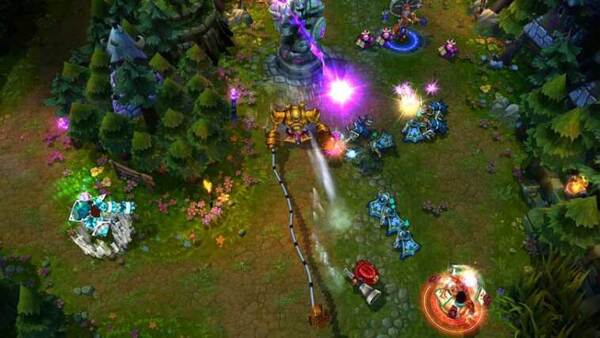 Itemization is another critical aspect influencing the meta in League of Legends. Changes to item stats, costs, and unique effects can alter champion effectiveness and overall strategies. For example, the introduction of items that grant cooldown reduction may encourage the selection of champions that rely heavily on their abilities, leading to a shift in the types of champions picked.
Similarly, reworks to existing items can have cascading effects on the meta. A shift in itemization can render certain champions more viable, as they gain access to tools that complement their strengths or mitigate their weaknesses.
Itemization is another critical aspect influencing the meta in League of Legends. Changes to item stats, costs, and unique effects can alter champion effectiveness and overall strategies. For example, the introduction of items that grant cooldown reduction may encourage the selection of champions that rely heavily on their abilities, leading to a shift in the types of champions picked.
Similarly, reworks to existing items can have cascading effects on the meta. A shift in itemization can render certain champions more viable, as they gain access to tools that complement their strengths or mitigate their weaknesses.












